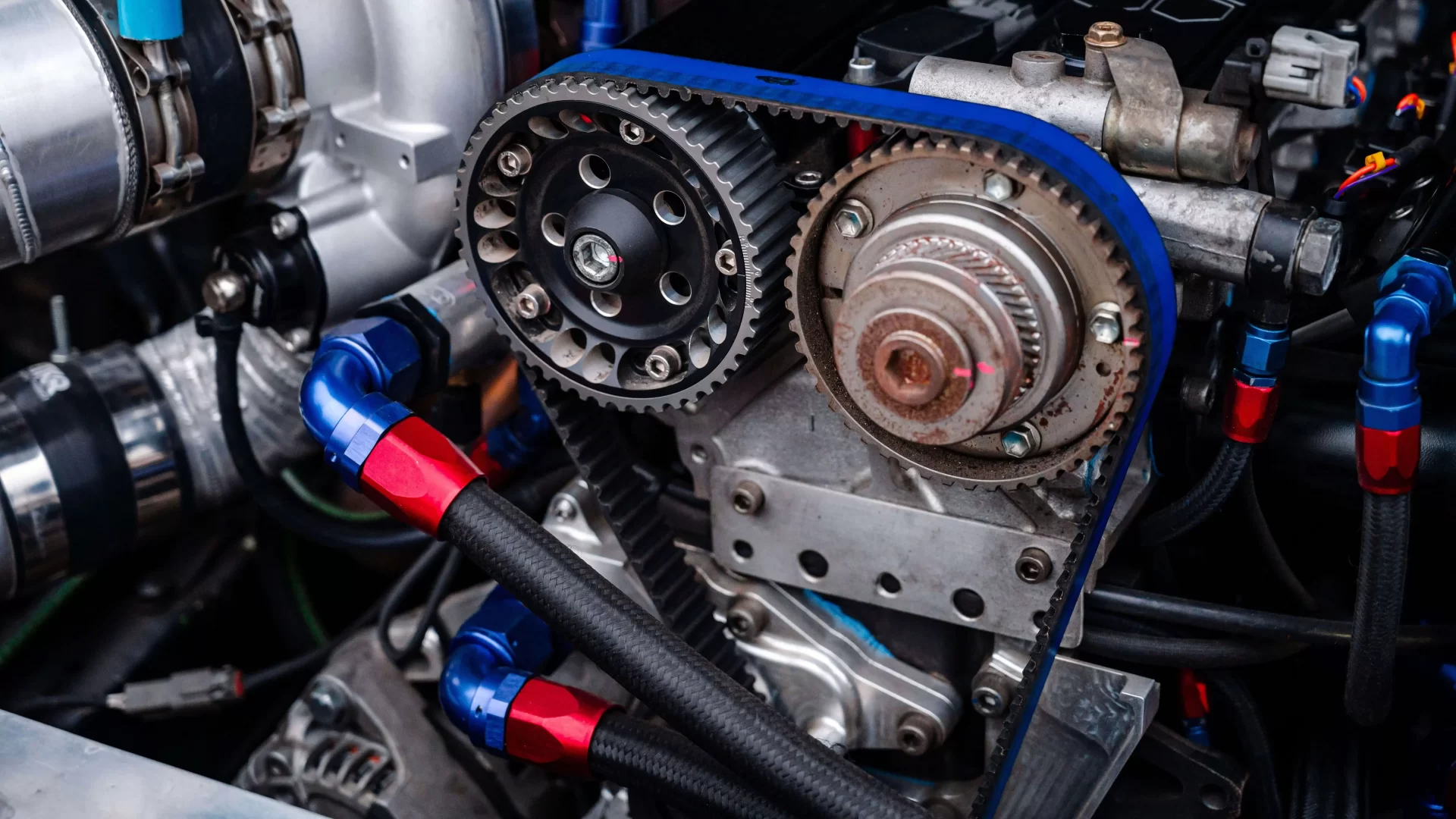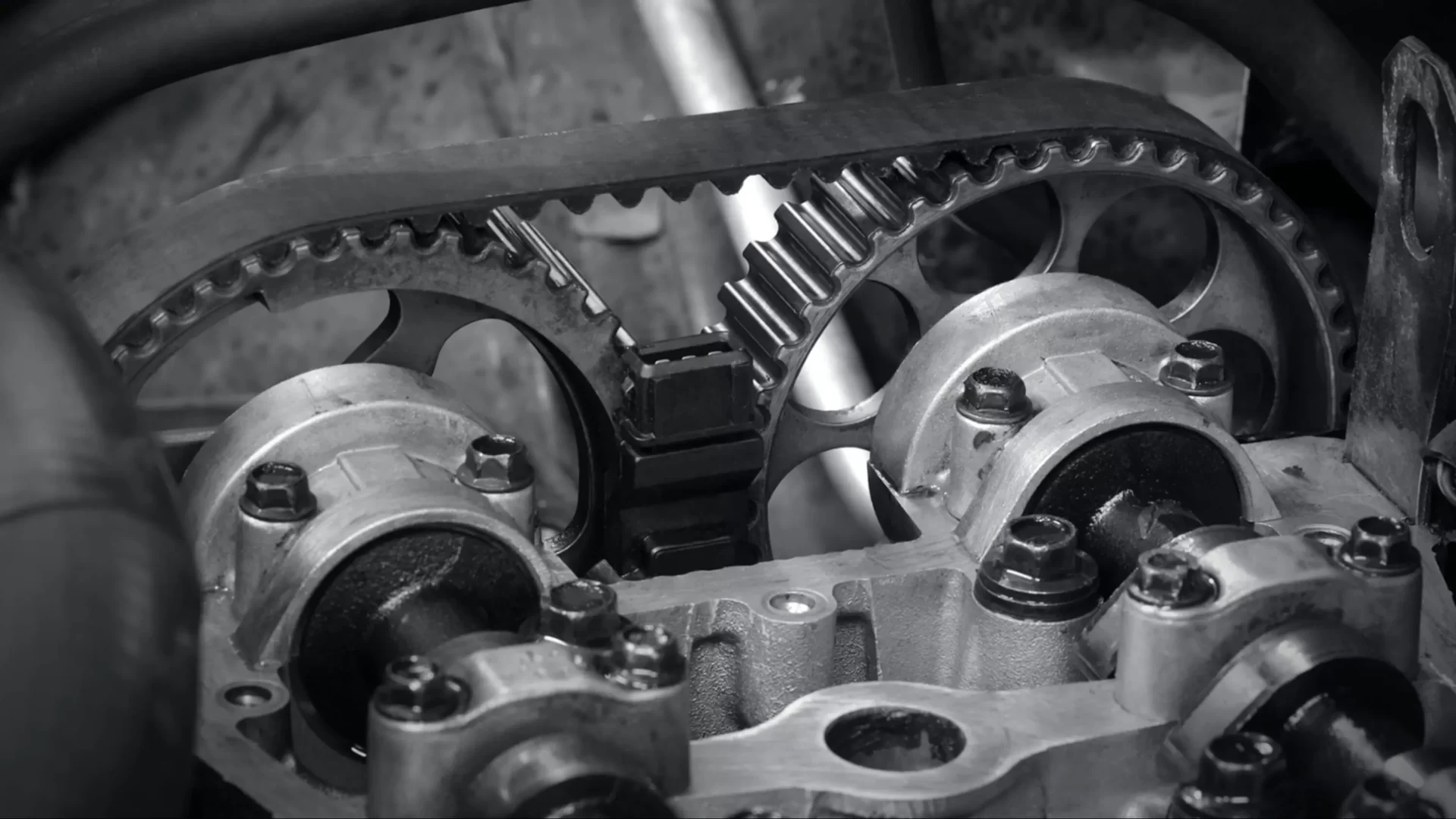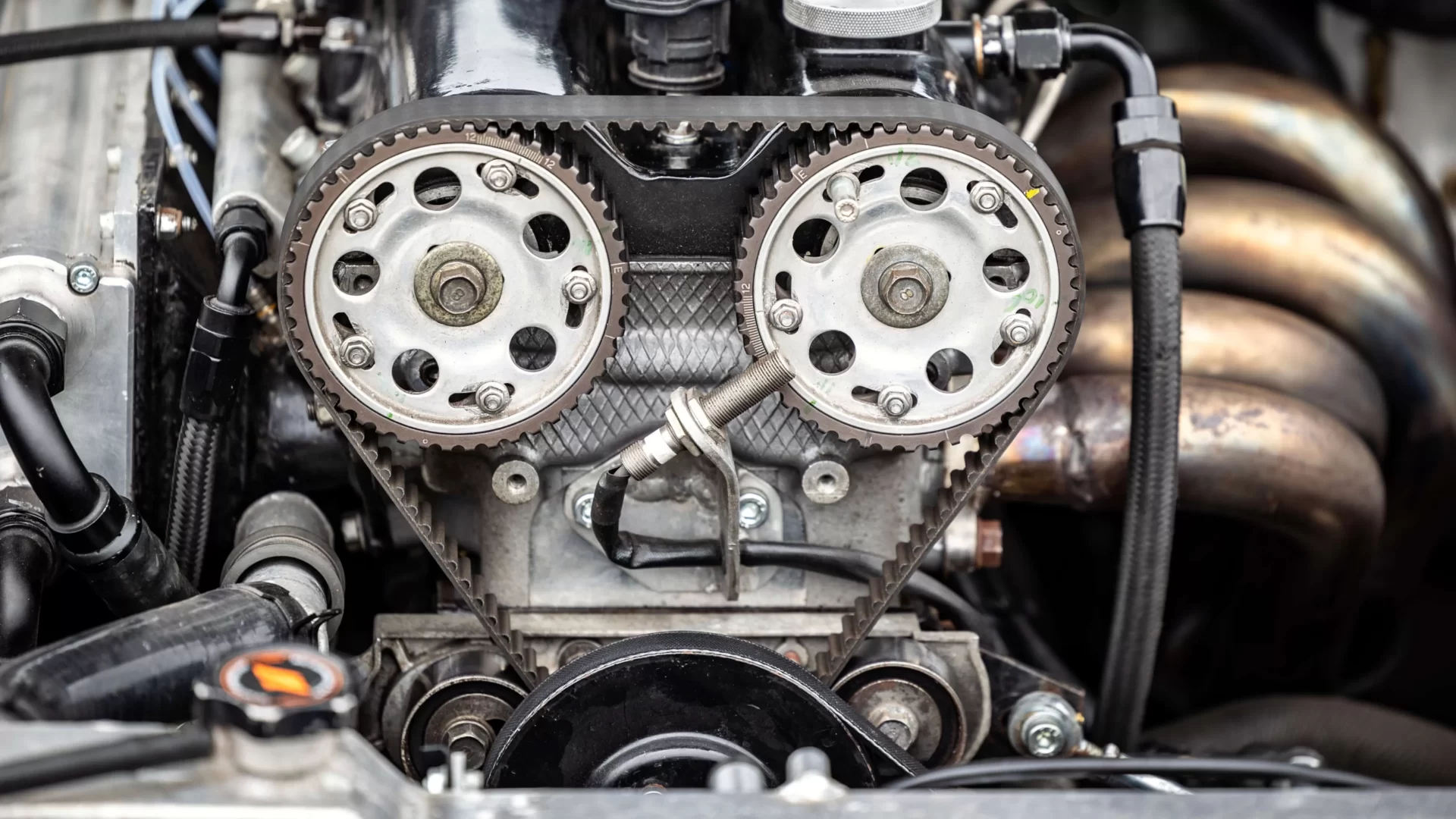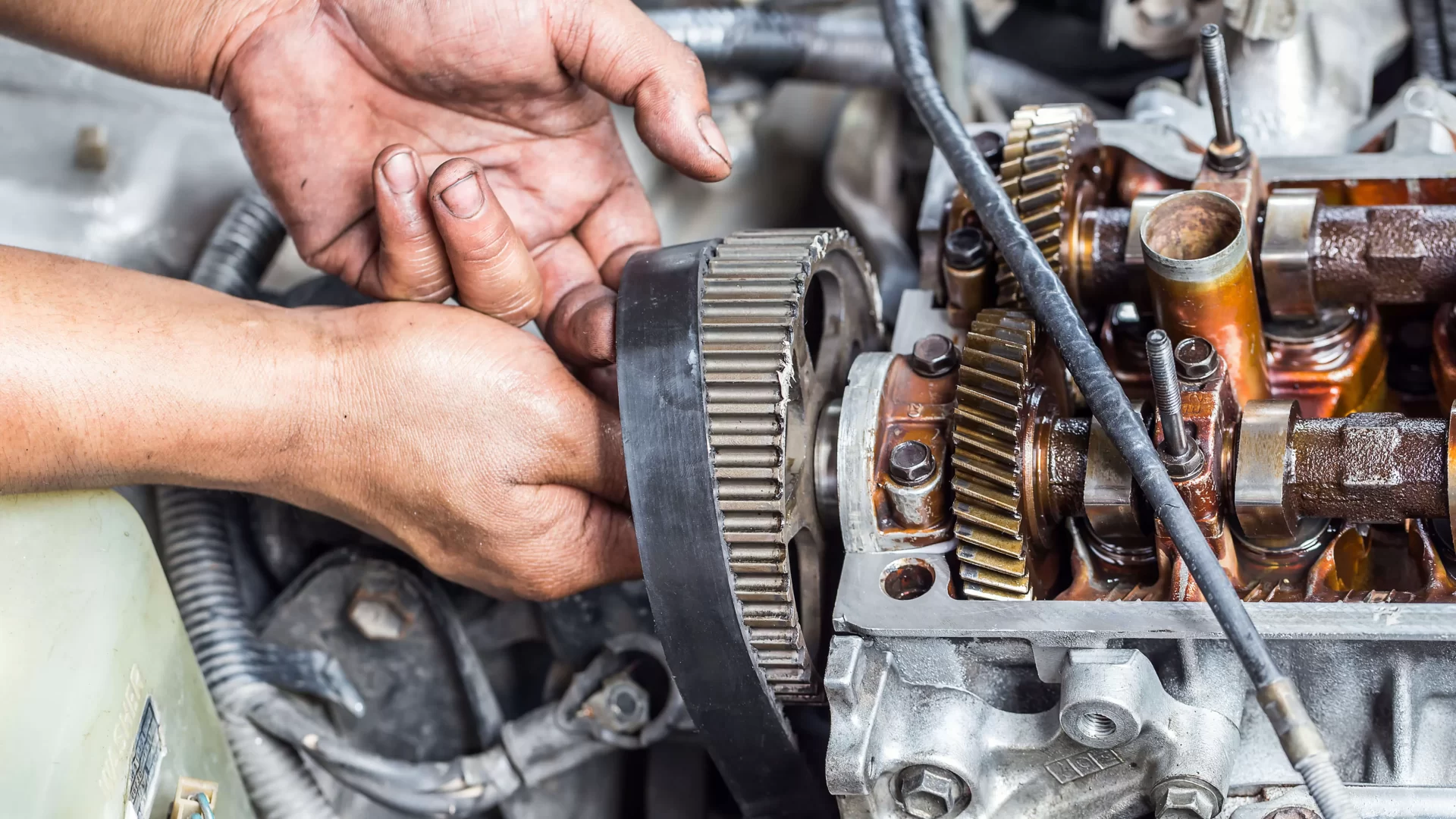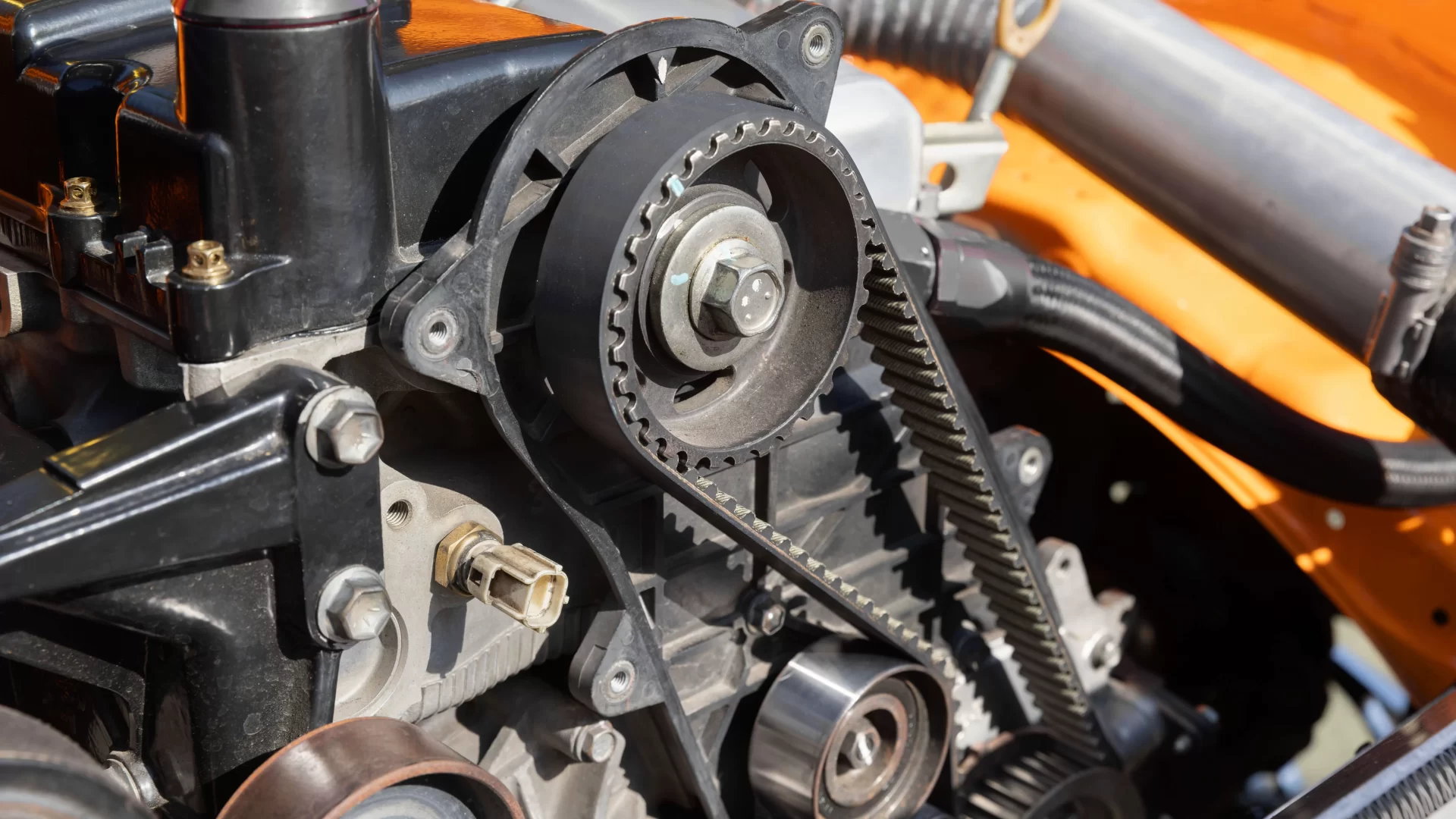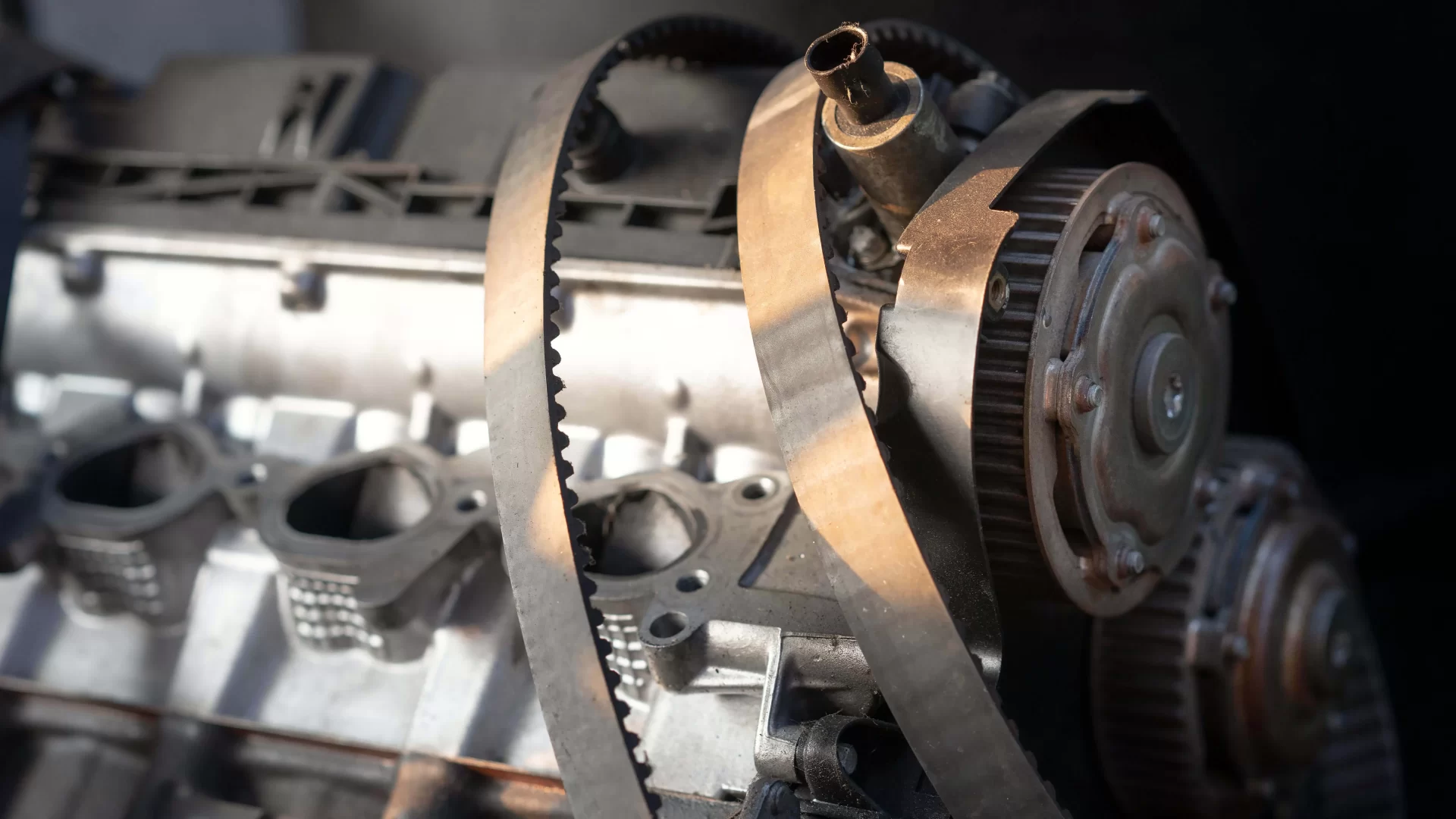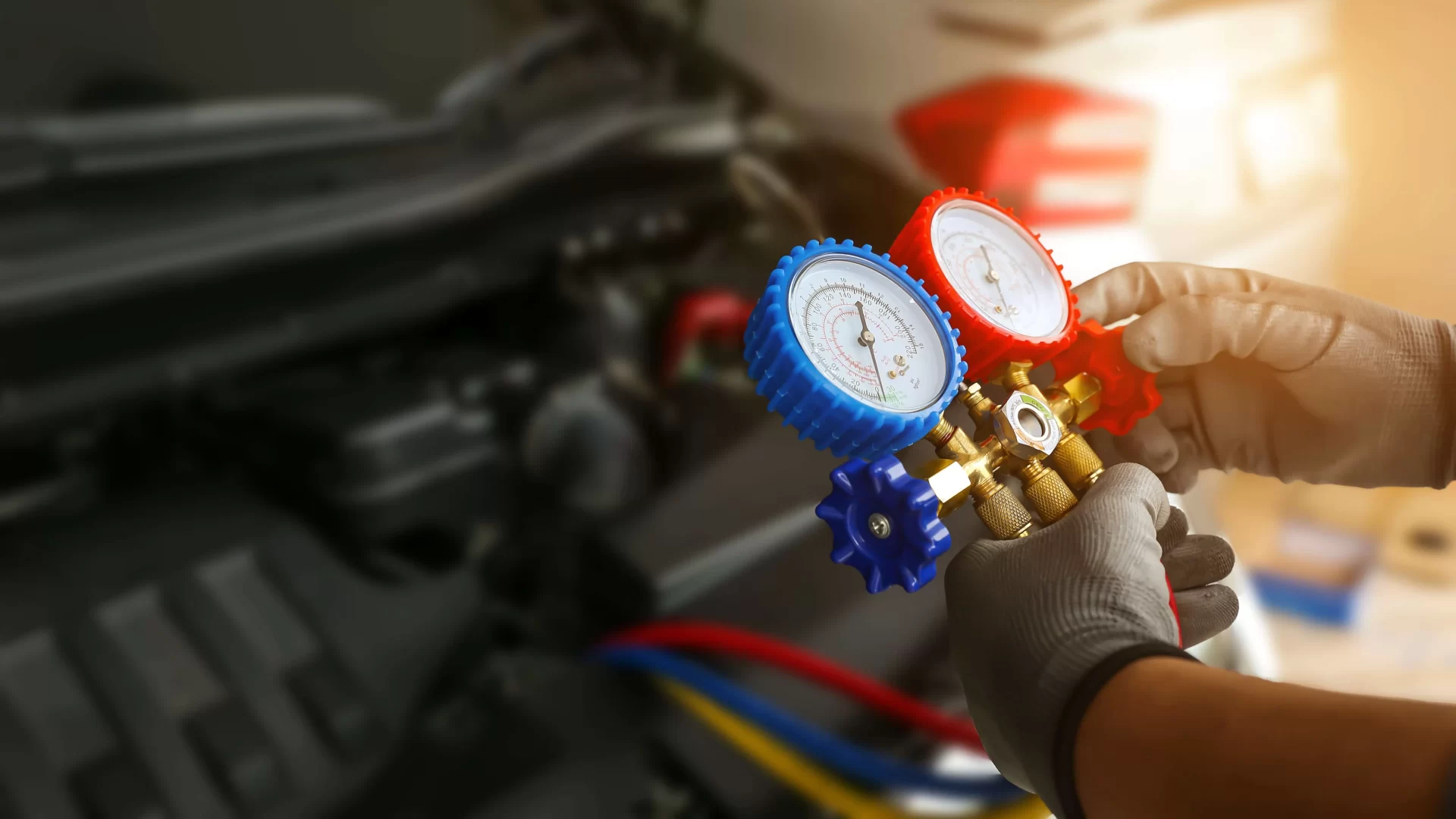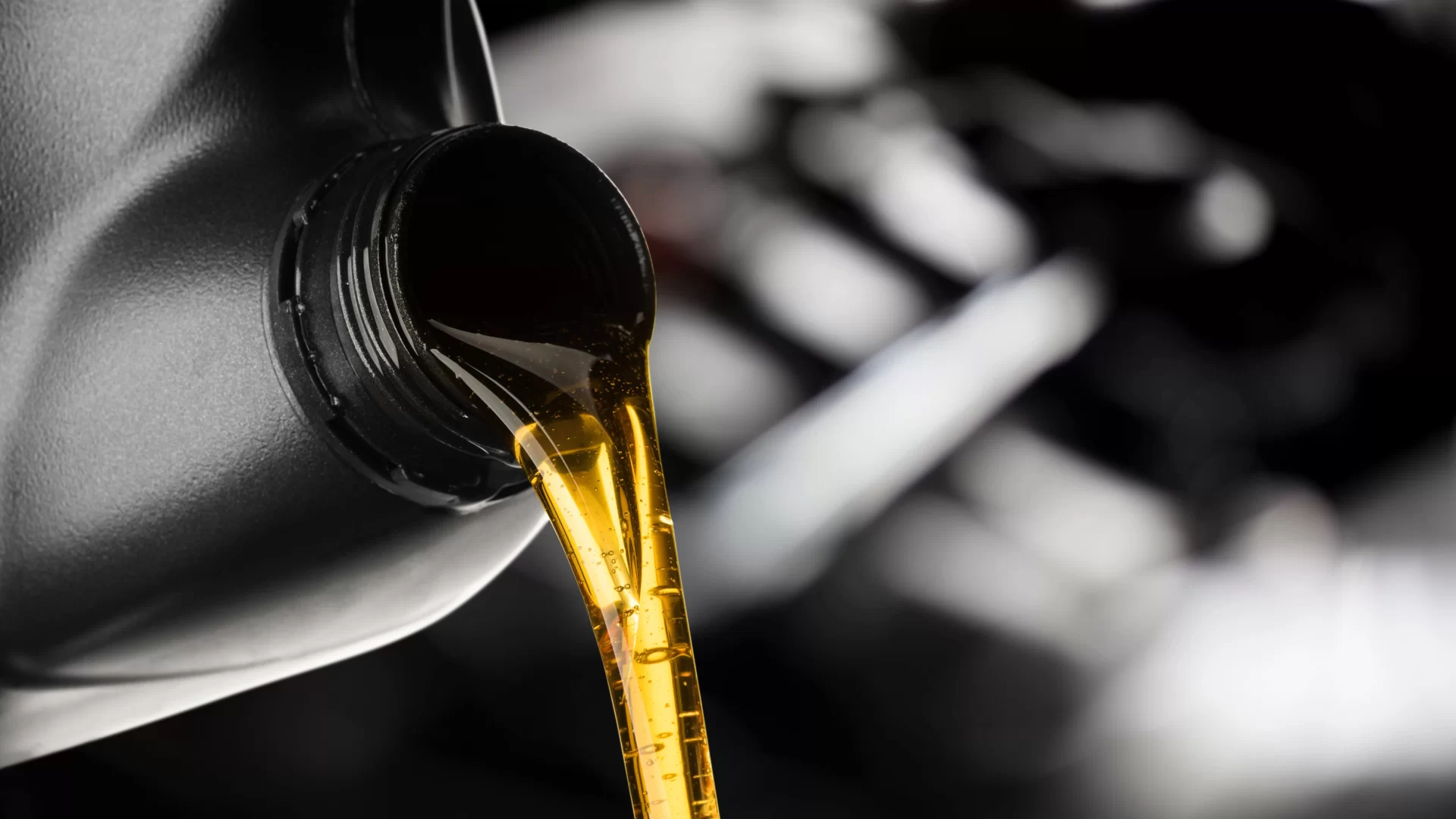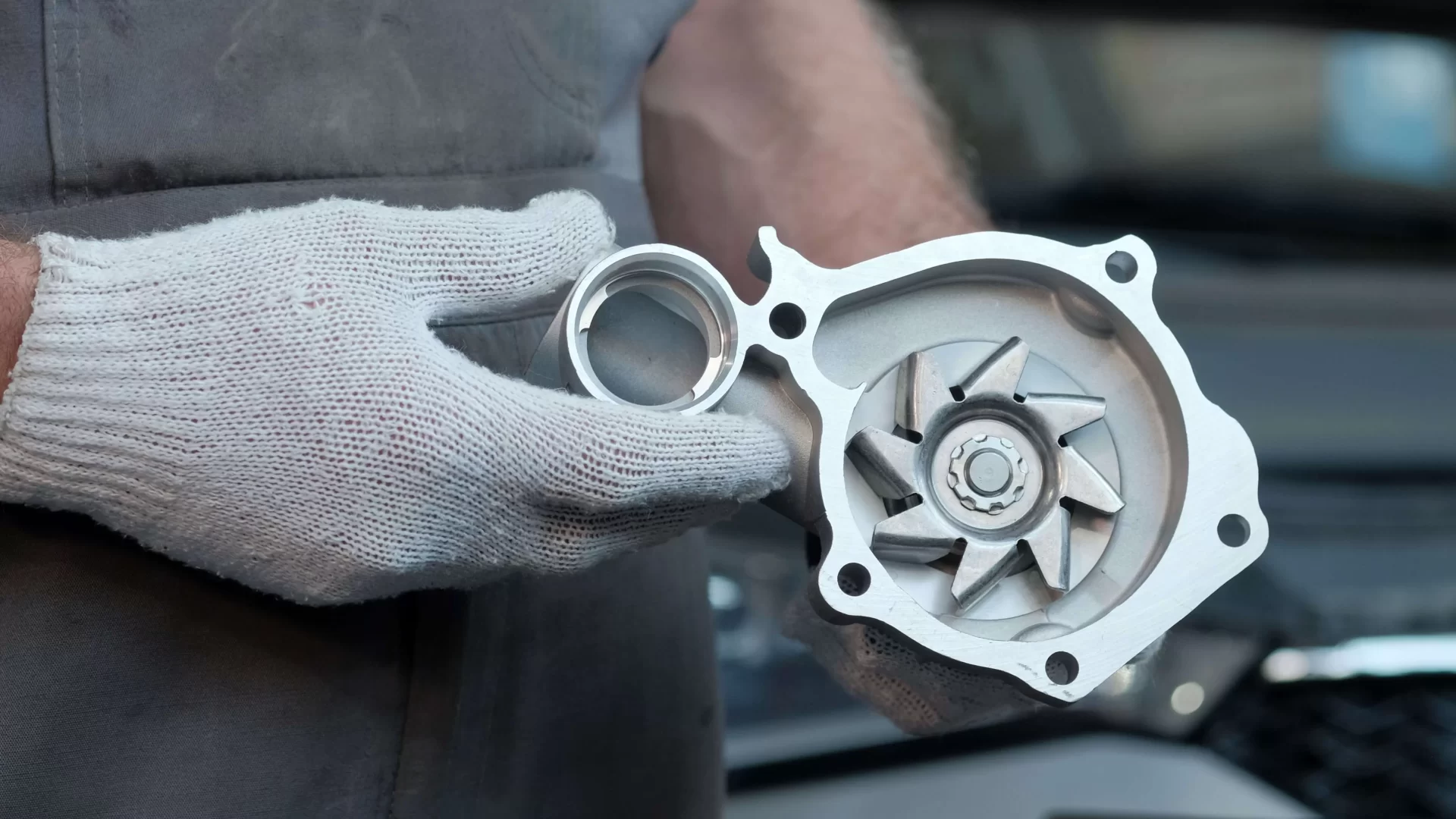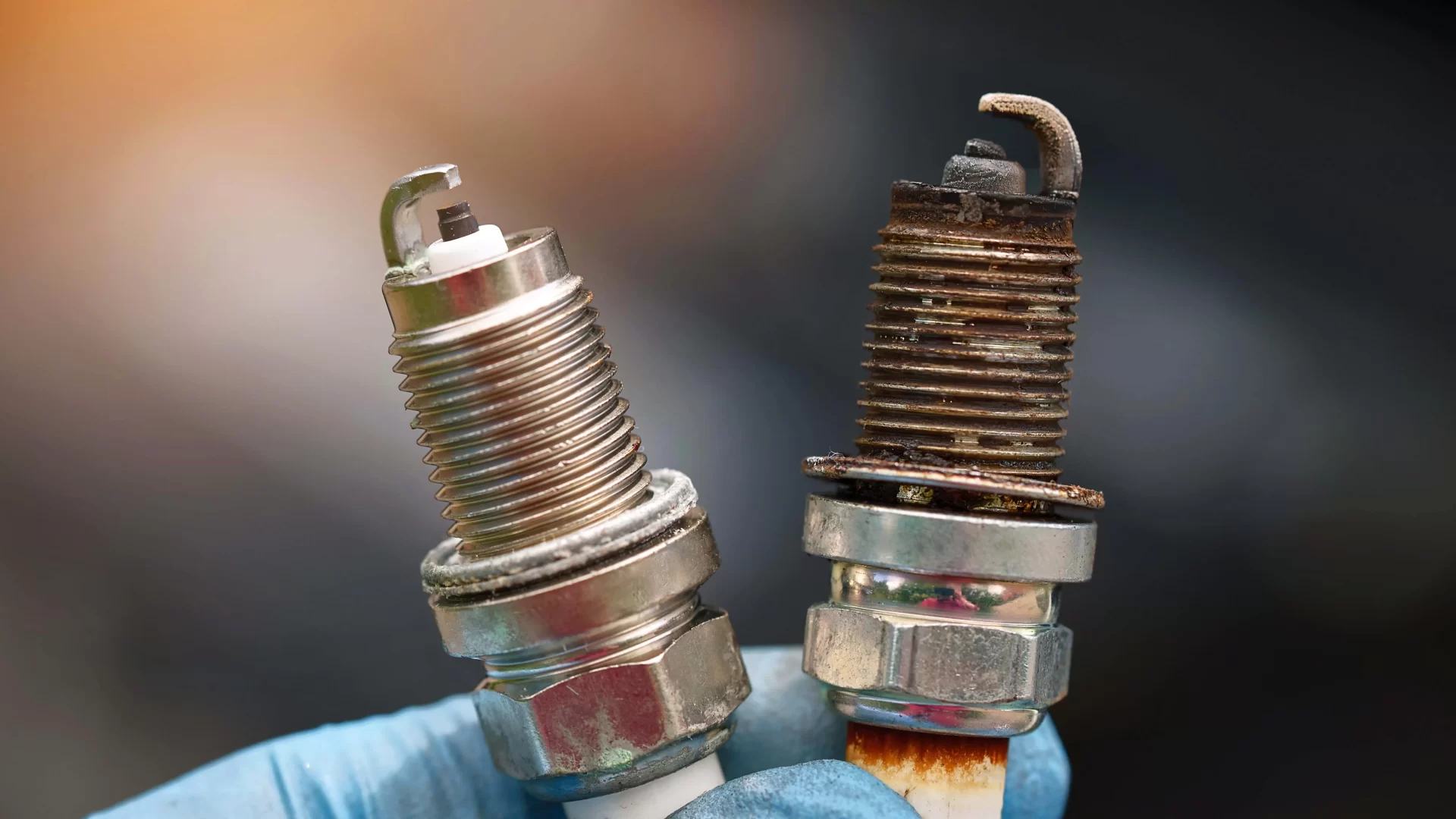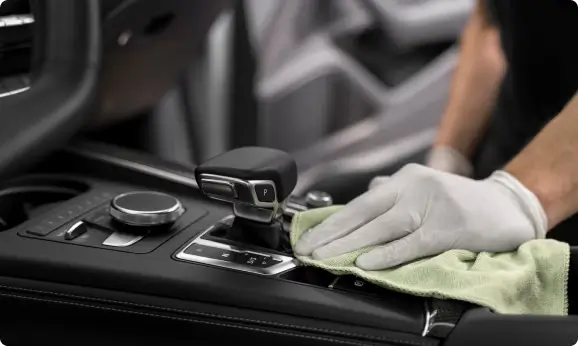Gallery
Car Timing Belt Replacement in Dubai
Price
Reviews
write a reviewRelated Services
Our Team
The rhythm of the car’s engine is regulated by the timing belt, ensuring the harmonious movement of each part. Its proper functioning is essential for the correct and safe operation of the vehicle. Desert Diamond’s skilled mechanics, with decades of experience, will provide peace of mind and guarantee flawless work.
How Does a Car Timing Belt Function?
A timing belt is a crucial component in your car’s engine, synchronizing the movement of the crankshaft and camshaft. The engine operates in four-stroke cycles: intake, compression, combustion, and exhaust. The timing belt ensures that the valves open and close at precise moments during these cycles, allowing the intake of the air-fuel mixture, compression for combustion, and expulsion of exhaust gases.
A properly functioning timing belt also improves fuel efficiency by reducing both fuel consumption and emissions.
If the timing belt breaks or slips, the engine’s valves and pistons can collide, potentially causing severe engine damage or failure.
Replacing the timing belt at the recommended intervals is an economical way to ensure engine longevity, as the cost of replacement is much lower than repairing the damage from a failed belt.
How does a timing belt differ from a timing chain?
The main difference between a timing belt and a timing chain lies in their material and durability.
Timing chains are made of metal, making them generally more durable and often capable of lasting for the life of the engine. However, they may require occasional tension adjustments and tend to be noisier despite their strength.
In contrast, timing belts are made of reinforced rubber. They provide a smoother and quieter operation but need more frequent maintenance and replacement to ensure proper functioning.
Warning Signs of a Faulty Timing Belt
There are several warning signs of a bad timing belt to watch out for:
Engine Noise and Misfire
A loose or faulty timing belt can disrupt the synchronization of moving parts, causing noise when they collide.
If the belt is stretched or damaged, it can cause the engine’s cylinders to open or close at the wrong time, leading to misfires and other malfunctions.
Rough Idle or Poor Performance
A worn-out timing belt can cause rough idling, where the engine vibrates or struggles to run smoothly when the car is stationary. This is often due to incorrect valve timing, which affects overall engine performance.
Difficulty Starting the Car
A broken timing belt may prevent the engine from starting. The engine may turn over but won’t fire because the timing mechanism is no longer functioning properly.
Excessive Exhaust Smoke
A failing timing belt can disrupt the combustion process, leading to excessive exhaust smoke.
Oil Leak
Oil leaks can cause the timing belt to wear out faster. Any noticeable leaks should be addressed promptly to prevent further damage.
These signs indicate the need for an urgent timing belt replacement. Delaying the replacement can be more costly in the long run, even before the engine fails. Desert Diamond is here to assist with car repair and timing belt services. Contact us with your preferred option, and we will quickly service your car, getting it back on the road as soon as possible.
The Timing Belt Replacement Process
Replacing the timing belt is a complex task that requires precise alignment and inspection of related components. Choosing an experienced and reliable specialist ensures peace of mind, quality car repair, and safe driving. Desert Diamond guarantees flawless results and provides a detailed explanation of the work performed. The timing belt replacement process includes the following steps:
- Before starting, the mechanic disconnects the car’s battery and ensures the engine is cool. This step is crucial for safety and to prevent electrical shorts during the process.
- Next, several parts are removed to access the timing belt, including engine covers, belts, and sometimes the water pump. Depending on the make and model of the vehicle, this step may also involve removing additional components.
- This step ensures that the timing marks on the engine’s crankshaft and camshaft pulleys are properly aligned, allowing the new timing belt to be installed with accurate timing.
- The technician carefully removes the old timing belt. If the car has a tensioner, it is also loosened or removed to allow for the belt’s removal.
- While the timing belt is off, our mechanic checks the other parts of the system, and if any of the components are worn, it’s a good idea to replace them when replacing the timing belt, because these parts work closely together and can affect the lifespan of the new belt.
- While the timing belt is off, our mechanic checks the other components of the system. If any parts are worn, it’s advisable to replace them along with the timing belt, as these components work closely together and can impact the lifespan of the new belt.
- Once the new belt is securely installed, the mechanic reinstalls the engine parts that were removed earlier.
- A final check is then performed to ensure everything is working properly and that there are no warning lights or issues.
Keep your internal combustion engine running smoothly by prioritizing your timing belt. Regular inspections and timely replacements will protect your engine’s health and prevent costly repairs.
What are the key factors affecting timing belt replacement costs
Several factors impact the cost of timing belt replacement. These include the make and model of the car, as luxury or high-performance vehicles may require more expensive parts and involve more complex work. Replacing related components, while potentially increasing costs, is often recommended for long-term reliability. The age and condition of the vehicle can also affect the price, especially if additional repairs are necessary. At Desert Diamond, you can be confident you’re getting the best value for your money with transparent pricing and clear information about what you’re paying for.
Why Choose Desert Diamond’s Car Timing Belt Service
Desert Diamond’s car maintenance service offers numerous benefits for professional, reliable, and efficient car care:
- Experienced mechanics
- Comprehensive range of services
- Use of high-quality parts
- Competitive and transparent pricing
- Fast turnaround time
- Excellent service
- Innovative equipment
Located in the heart of Dubai, Desert Diamond provides convenient scheduling options for busy customers.
The suite of services includes everything from engine diagnostics, brake checks, and suspension work to specialized services such as car painting, wheel alignment, and timing belt replacement. This makes it a one-stop shop for all your car care needs.
Tips to Prevent Timing Belt Damage
- Follow the manufacturer’s maintenance schedule. This is usually between 60,000 and 100,000 miles.
- Check the car belt regularly. Early detection of wear helps avoid unexpected breakdowns.
- Replace related components together. If one component fails, it can affect the performance of the new belt.
- Keep the engine oil in good condition. Leaking engine oil can ruin the timing belt material.
- Avoid high-stress driving conditions. Driving smoothly and maintaining a consistent speed can help extend belt life.
- Listen to unusual sounds. If you hear clicking or screeching noises from the engine, this could be a sign that the timing belt is worn.
Is it possible to replace the timing belt myself?
Replacing a timing belt yourself is challenging and requires advanced mechanical skills and precision. The process involves removing various engine components to access the belt, accurately aligning timing marks, and ensuring correct reassembly. Improper installation can lead to serious engine damage. If you lack experience with such repairs, it’s best to have the timing belt replaced by a professional mechanic to ensure proper installation and avoid costly repairs.
Could engine failure occur if just the belt breaks, even if other components are fine?
The timing belt has a crucial role in engine performance. If it breaks, the engine’s valves and pistons may no longer be properly synchronized, leading to major damage. This can lead to serious engine problems, even if the rest of the engine components are working properly. To avoid such issues, regular maintenance and timely replacement of the timing belt are necessary.
What should you check in a timing belt kit to make sure it’s right for your vehicle?
When choosing a timing belt kit, it’s important to select one that meets high standards of quality and performance. Ensure the kit is designed for your specific vehicle make, model, and engine type. Opt for kits made from durable materials that can withstand high temperatures and stress.

